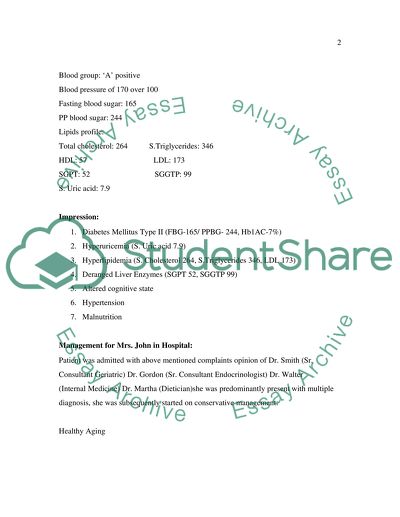Cite this document
(“Gerontic Nursing Practice Essay Example | Topics and Well Written Essays - 4250 words”, n.d.)
Gerontic Nursing Practice Essay Example | Topics and Well Written Essays - 4250 words. Retrieved from https://studentshare.org/health-sciences-medicine/1502384-gerontic-nursing-practice
Gerontic Nursing Practice Essay Example | Topics and Well Written Essays - 4250 words. Retrieved from https://studentshare.org/health-sciences-medicine/1502384-gerontic-nursing-practice
(Gerontic Nursing Practice Essay Example | Topics and Well Written Essays - 4250 Words)
Gerontic Nursing Practice Essay Example | Topics and Well Written Essays - 4250 Words. https://studentshare.org/health-sciences-medicine/1502384-gerontic-nursing-practice.
Gerontic Nursing Practice Essay Example | Topics and Well Written Essays - 4250 Words. https://studentshare.org/health-sciences-medicine/1502384-gerontic-nursing-practice.
“Gerontic Nursing Practice Essay Example | Topics and Well Written Essays - 4250 Words”, n.d. https://studentshare.org/health-sciences-medicine/1502384-gerontic-nursing-practice.


